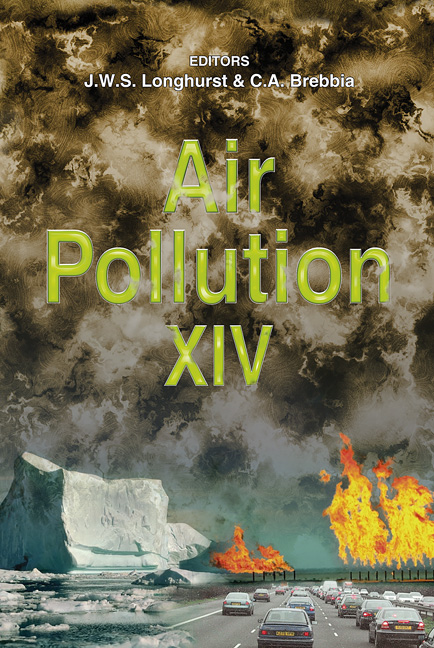Geotechnical Approaches To Climate Change Adaptation
Price
Free (open access)
Transaction
Volume
86
Pages
10
Published
2006
Size
388 kb
Paper DOI
10.2495/AIR060431
Copyright
WIT Press
Author(s)
Y. Andersson-Sköld, C. Hultén, K. Rankka, G. Nilsson, B. Rydell, B. Lind, E. Ottosson, H. Rosqvist & P. Starzec
Abstract
Several signs indicate an ongoing global warming and scenarios show that the warming will continue. According to climate change scenarios the annual temperature in Sweden will increase by 2.5–4.5°C in the next century. In most of Sweden the annual precipitation will increase by 5–30% in the next century. The expected sea level increase is ca 1–2 mm/year. In the south of Sweden this will result in an increased coastal sea level of approximately 0.5 m in less than 100 years. Erosion along coastal areas will increase due to changes in the sea water level, storm-waves and by wind itself. Erosion in open watercourse areas will increase due to increased water flows. Rough calculations have been done, as a first estimate, of the impact of increased precipitation on hillside slide risks. Reduced safety, for all types of hillsides included in this investigation, is to be expected. Additional risks such as the higher frequency of mudflows due to increased precipitation are expected. Along rivers there is often industrial activity and contaminated ground due to historical industrial activities. Increased ground water levels will make many of the soil pollutants more movable and possibly more biologically available. The leaching of eutrophic species from farming will increase due to increased water flows, especially under heavy rainfalls. An important influence of the increased precipitation is the leaching conditions of landfills. Simplistic predictions show that the percolation and thereby the leaching of pollutants will increase. Keywords: climate change, Sweden, increase in precipitation, erosion, slope stability, risks. 1 Introduction Several signs indicate an ongoing global warming and most likely the main cause is anthropogenic emissions of green house gases, e.g. [1–3]. Global
Keywords
climate change, Sweden, increase in precipitation, erosion, slopestability, risks.





